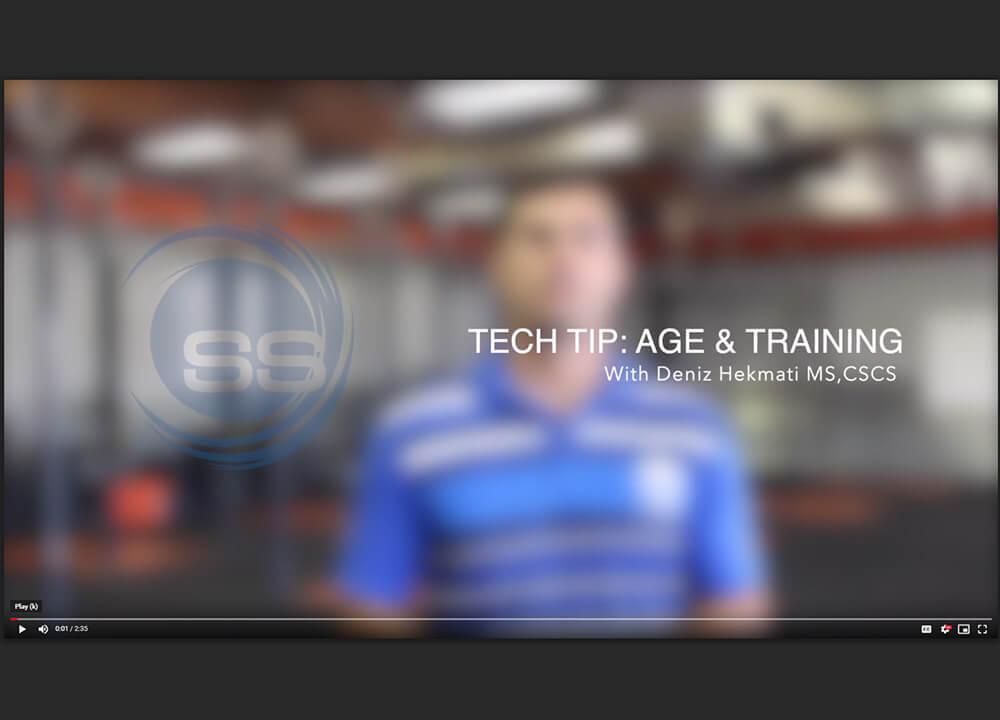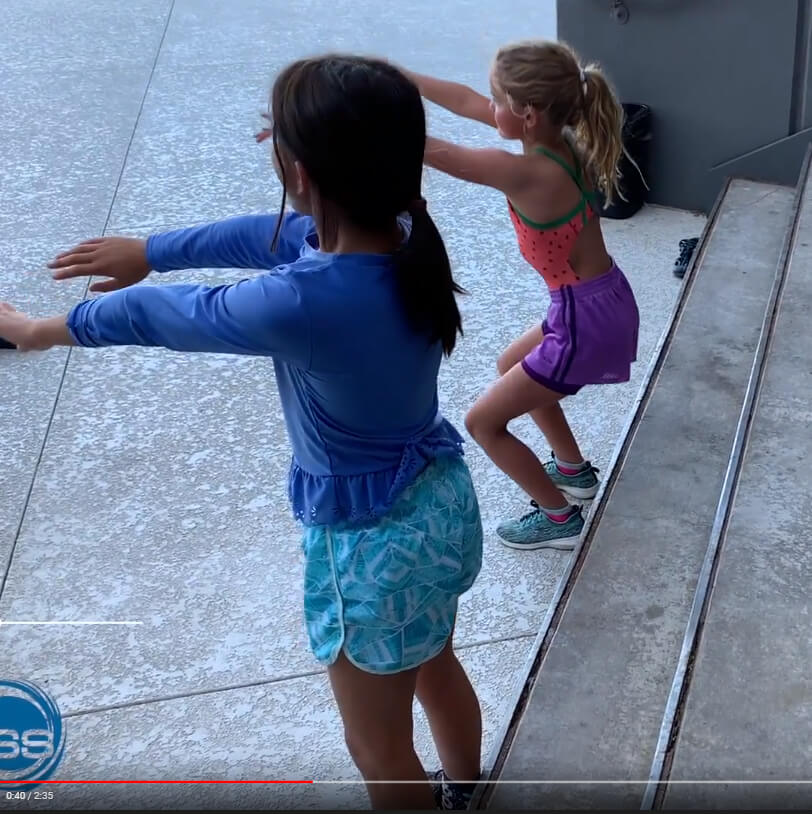Swimmer Strength Tech Tip: Age To Start Dryland Training or Strength Training

Contributed by Deniz Hekmati – Strength & Conditioning Specialist, Sport Scientist
Deniz Hekmati will be providing regular content on strength and conditioning as Swimming World’s newest dryland contributor.
What is a good age for swimmers to start dryland training or strength training? This is perhaps one of the most commonly asked questions I have received from parents and discussed with swim coaches.
There is an elevated assumption that starting strength training early may stunt growth, affect bone health, or cause increased injury. To be fully honest with you, I have not found any evidence or research that strength training has a negative effect on growth, or is harmful on the bone structure. Most research support children being introduced to strength training with qualified supervision and appropriate program design. Injuries typically occur when joints and muscles either get overworked, or positioned in an abnormal and unfamiliar position without the appropriate underlying strength and stability to withstand forces.
What is a good age to start dryland training or strength training? Watch video
The problem lays in the program design, the supervisor, or the mental readiness of the athlete. There are many young swimmers that have difficulty paying close attention to the importance of fundamental movements on land. Many of the movements may sometimes seem boring, especially the prehab and warm-up movements, but these are the most important in reducing injury.
Point being, the young swimmer’s mental readiness may be the largest obstacle or concern before introducing this type of training. If athletes are not serious about the strength or dryland training, they are increasing the risk of damaging their own bodies, rather than helping to prevent injuries.
That being said, I frequently see swimming coaches prescribe advanced plyometric exercises, or unreasonable repetition numbers in volume for young swimmers – putting them at more risk of getting hurt than actually aiding them physical preparation.
My tip for you – don’t get too worried about stunting growth in your youngsters with early dryland training, rather worry about the movement quality and the quality of the dryland program itself. Having a properly qualified coach run strength and dryland programs will ensure the utmost productive and safe program design. And don’t forget to check the swimmers for mental readiness. Coaches discretion advised, as each team and group will be at different stages based on the group size, age, and team environment.

The mental readiness of the athlete is the most important thing to consider in the age to start dryland training or strength training; Photo Courtesy: Deniz Hekmati
That’s a wrap up of this week’s topic “Age to Start Training.” Next week, we will visit and talk about the infamous squat – see you then!
See more videos from Coach Deniz Hekmati:
Swimmer Strength Tech Tip: Abdominal Bracing
Swimmer Strength Tech Tip: Strength and Dryland Technique Matters
Please subscribe to our Swimmer Strength newsletter found on our website swimmerstrength.com.
Note: All swimming and dryland training and instruction should be performed under the supervision of a qualified coach or instructor, and in circumstances that ensure the safety of participants.



